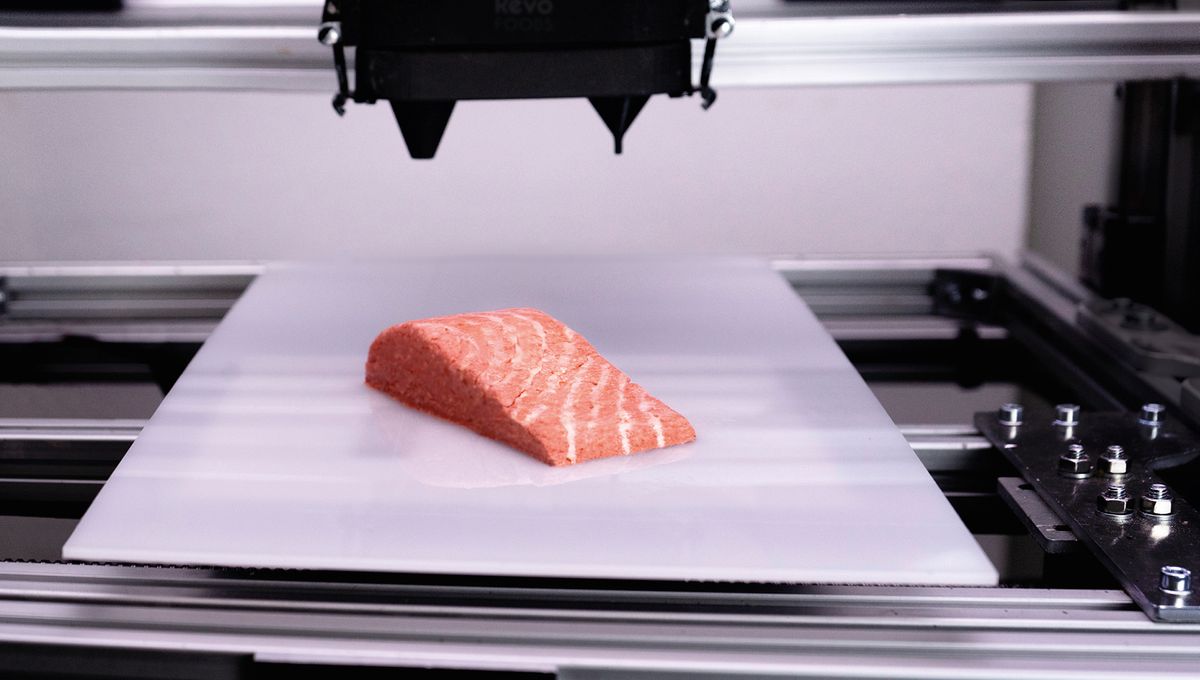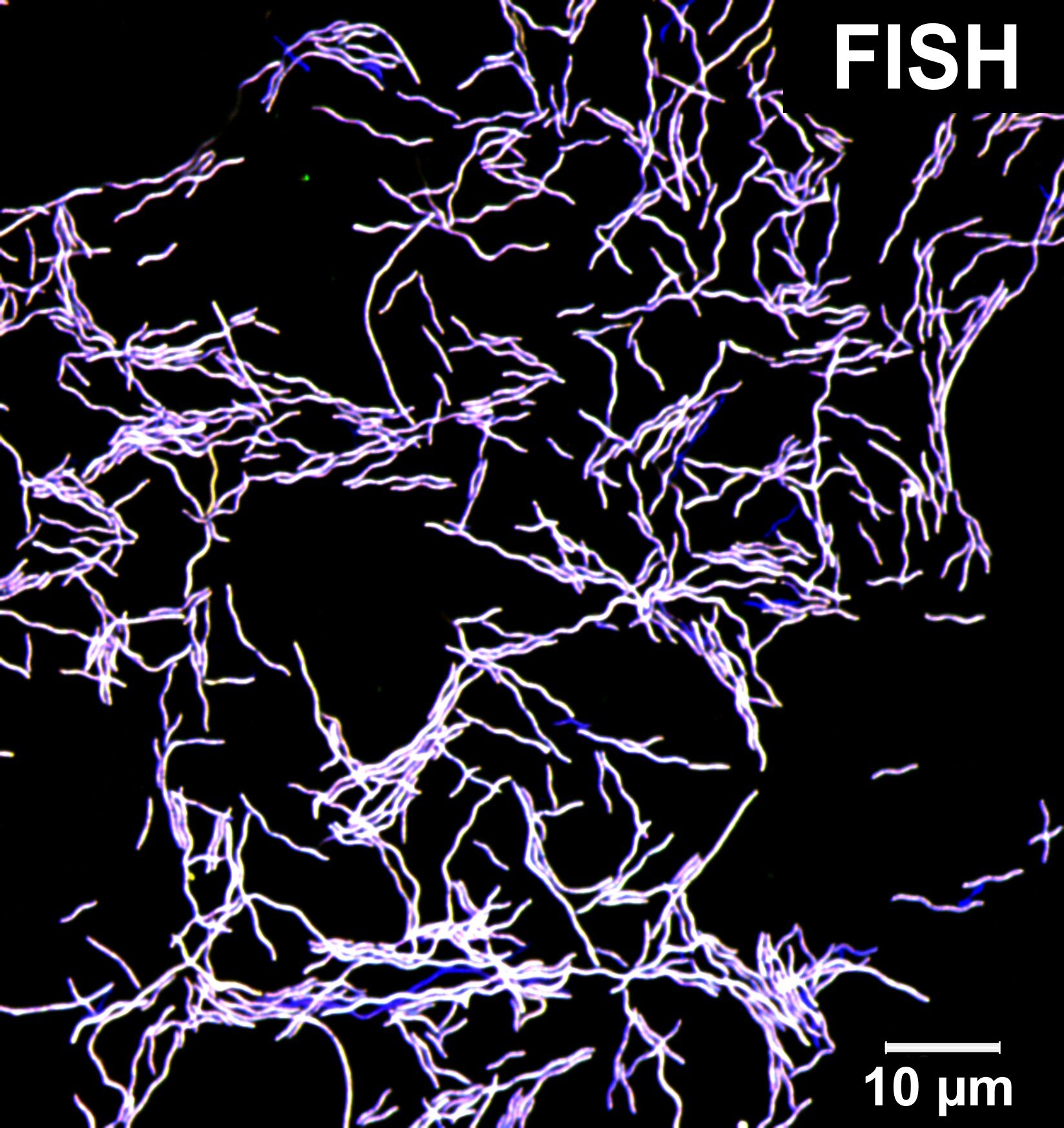Get ready for a food revolution! Revo Foods, a cutting-edge food tech startup, has just unveiled “THE FILET – Inspired By Salmon,” the world’s first 3D-printed food to hit supermarket shelves. According to Robin Simsa, the CEO of Revo Foods, this milestone in industrial-scale 3D food printing marks the beginning of a creative era where food is crafted precisely to meet customer needs.
But what exactly is this alternative fish fillet made of? Well, it’s created from mycoprotein, derived from filamentous fungi. Not only does it contain a variety of vitamins and omega-3 fatty acids, just like real salmon, but it’s also packed with protein, boasting 9.5 grams per 100 grams. However, it’s important to note that this is slightly less protein compared to regular salmon.
Revo Foods collaborated with another startup called Mycorena to engineer mycoprotein specifically designed for 3D printing. This groundbreaking achievement is the result of years of research and experimentation, with scientists creating everything from laser-cooked cheesecakes to lab-grown meats using 3D printing technology.
One of the driving forces behind this innovation is the belief that printed food alternatives can make food production more sustainable, especially in the fishing industry. Shockingly, around 34 percent of global fish stocks are overfished, meaning they are caught faster than they can reproduce, leading to a decline in populations.
Furthermore, food production is a major contributor to greenhouse gas emissions, accounting for over a quarter of global emissions. Livestock and fish farms alone contribute 31 percent, while processing and transport add another 18 percent. Revo Foods claims that their vegan salmon fillet production emits 77 to 86 percent less carbon dioxide and uses 95 percent less freshwater compared to conventional salmon catching and processing.
Will this salmon alternative become a hit? Only time will tell. Revo Foods believes that the key to success lies in recreating an authentic taste that appeals to the flexitarian market.
Regardless of the outcome, the commercial release of 3D-printed food could potentially revolutionize the way we produce and consume food.








